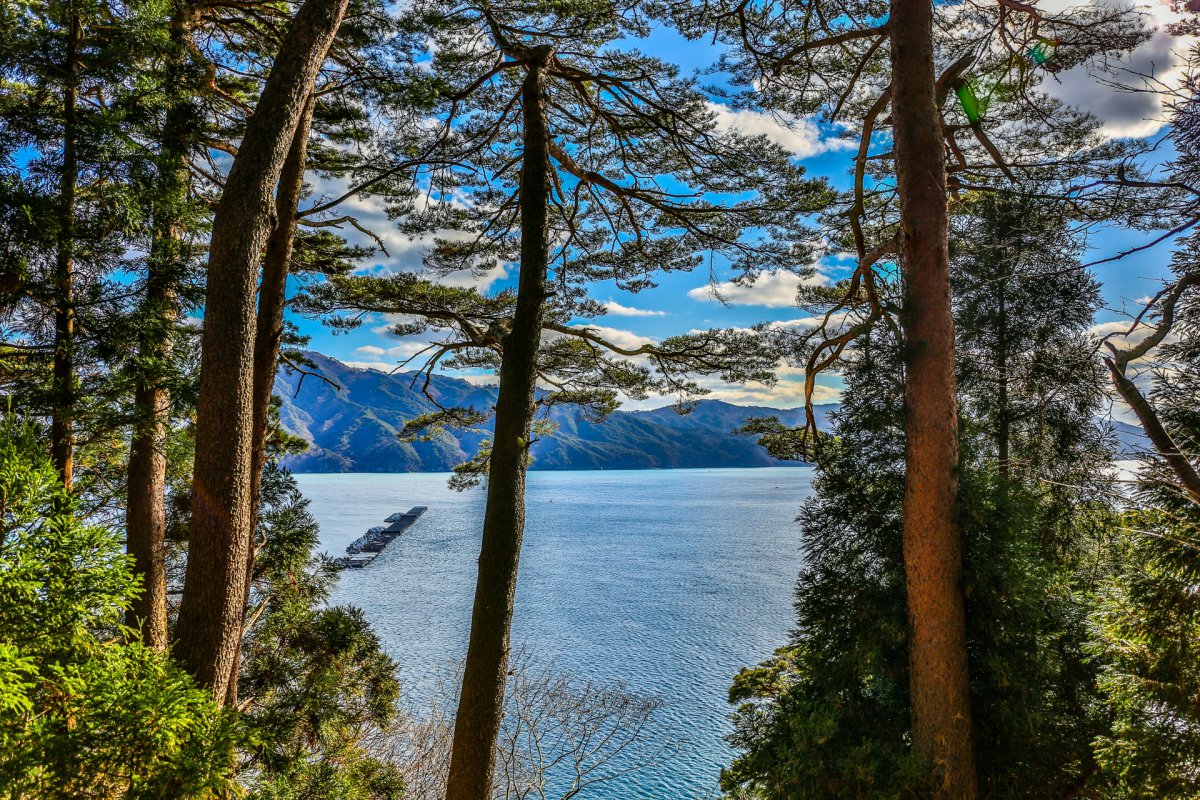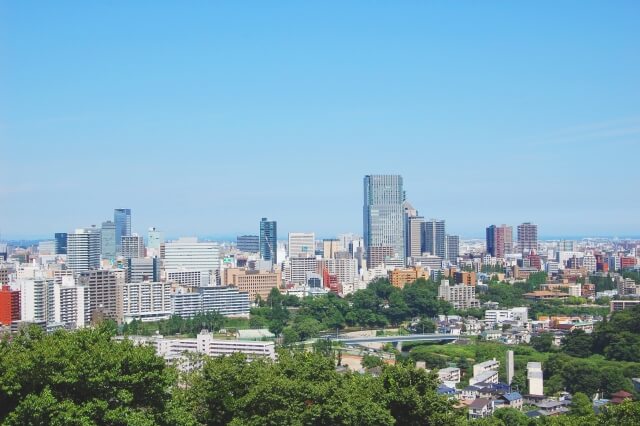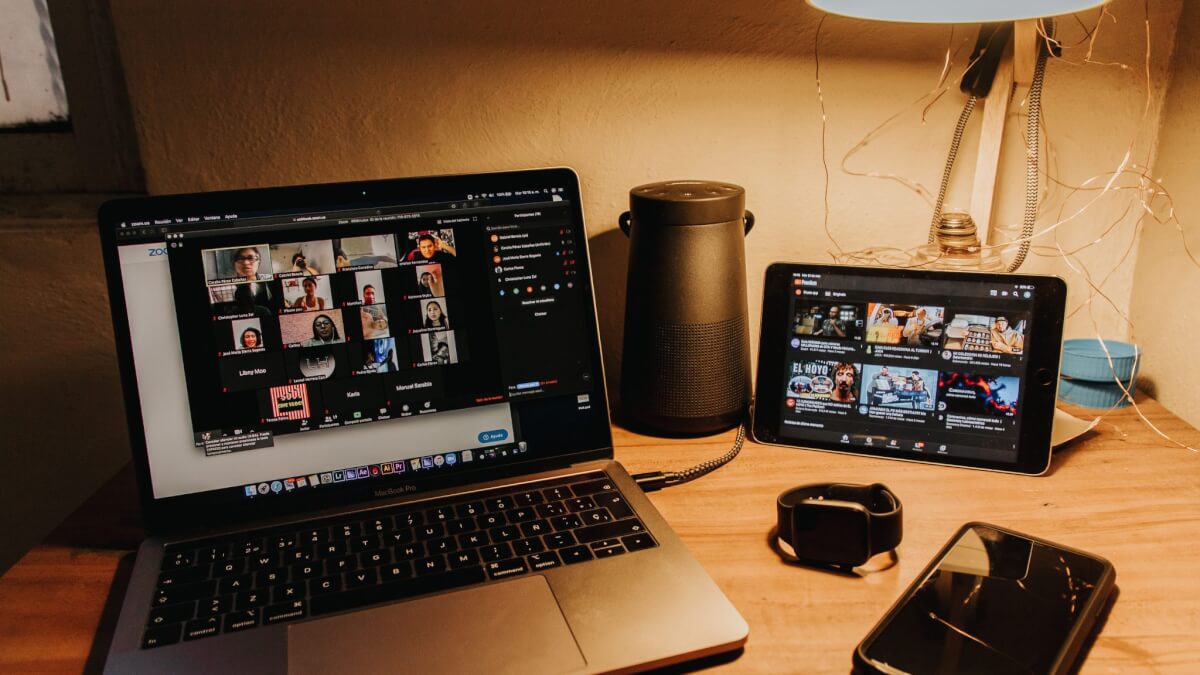What do you think of when you hear “Iwate prefecture”? It is a prefecture located in the northern Tohoku region in Japan, and is famous for Wanko-soba, a delicious local food that is now eaten throughout the country. Iwate is a large prefecture known for its untouched rich nature characterized by Iwate’s mountains and the Pacific Ocean on the east side. The prefectural capital city is Morioka, home to the ruins of the the Morioka Castle and a famous cherry blossom and fall color spot. Iwate also known for the Chuson-ji Temple, which has a luxurious gold pavilion designated as the UNESCO World Heritage Site. And there are many more highlights than what we can introduce here! In this article, we will focus on the places to visit in Iwate and introduce some local foods that you shouldn’t miss!
1. Chuson-ji Temple
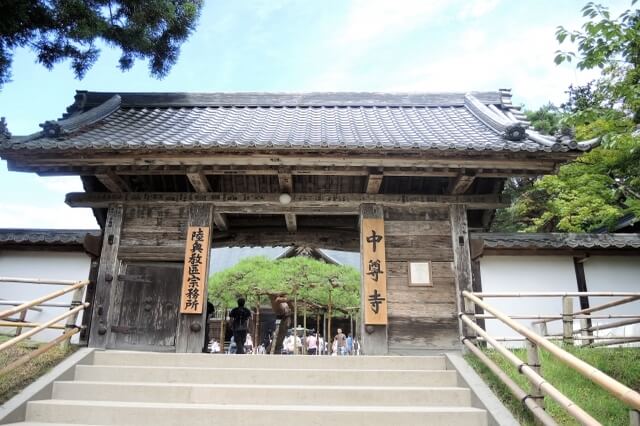
Chuson-ji Temple is a Tendai Sect Buddhist temple located in the northern part of Iwate. The temple is said to be originally founded by Ennin, a virtuous priest from the Hieizan Enryakuji which is the head temple of Tendai sect in Shiga prefecture in 850.
In the early 12th century, Oshu-Fujiwara-shi (also known as The northern Fujiwara), a noble family that ruled the Tohoku region started to construct the main buildings in order to console the spirits of people who lost their lives during the civil wars occurring repeatedly in 11th century.
Fujiwarano Kiyohira, the first leader of Oshu-Fujiwara-shi, strongly hoped realize the ideal, peaceful society based on the idea of the pure land in Buddhism, widely called Gokuraku-jyodo in Japanese.
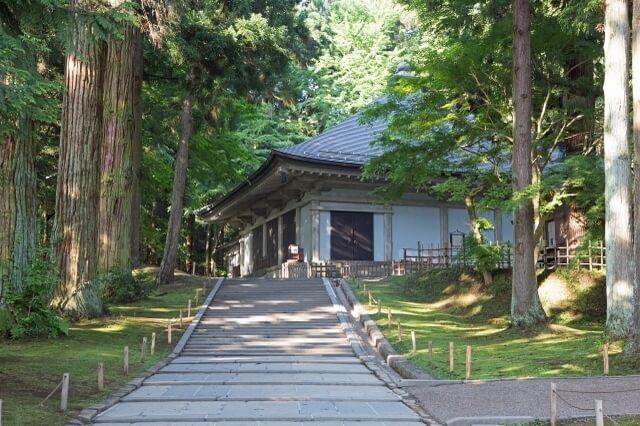
The most famous structure in Chuson-ji temple is called Konjiki-do, a Golden hall which was established in 1124 by Kiyohira. This is where the bodies of four leaders of Oshu-Fujiwara-shi are resting.
The entire building is covered with gold leaf, not only on the outside but also on the inside! Once you enter the building, you will be amazed as everything placed there is literally coated in gold, too! Moreover, it is not only the extraordinary color that enchants the visitors. Every detail of the design, great works, and paintings inside are stunning! You can directly feel the culmination of craftsmanship back in the late of the Heian era, and the prosperity of the Fujiwara family at that time. It is the first National Treasure in Japan, and also listed on the UNESCO World Heritage Site along with Chuson-ji temple!
8.30am – 5pm (Mar. – Nov.)
8.30am – 4.30pm (Nov. – Feb.)
Admission fee ¥800 (adult)
2. Jodogahama Beach
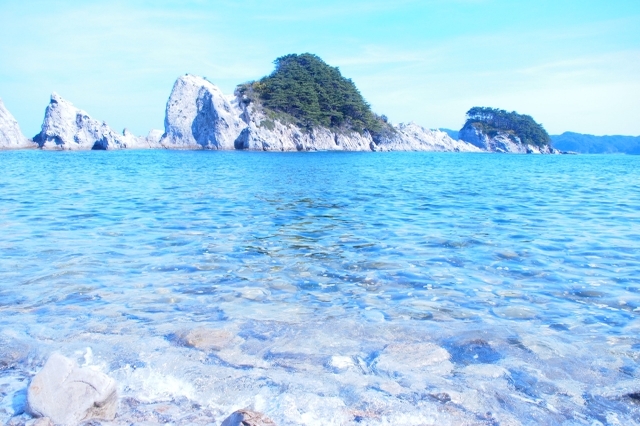
Jodogahama Beach is one of the most scenic spots in Iwate. It is located in Miako city, which is along the Sanriku coast where the disastrous earthquake caused a serious damage in 2011. The beach was originally formed roughly about 52,000 years ago, and is mainly characterised with the white volcanic rocks in the ocean, the sandy beach, and the gentle waves because of its geographical form as an inlet. The beach is included in the Sanriku Fukko National Park, and is designated as National Scenic Beauty. The rocky coastline of the Sanriku Coast stretches from southern Aomori Prefecture, through iwate prefecture and the northern part of Miyagi Prefecture. The Sanriku Coast is characterized by rocky scenery and breathtaking views and is a great place to visit, especially in the hot Japanese summer. In summer, it is packed with people to enjoy swimming in the ocean every year!
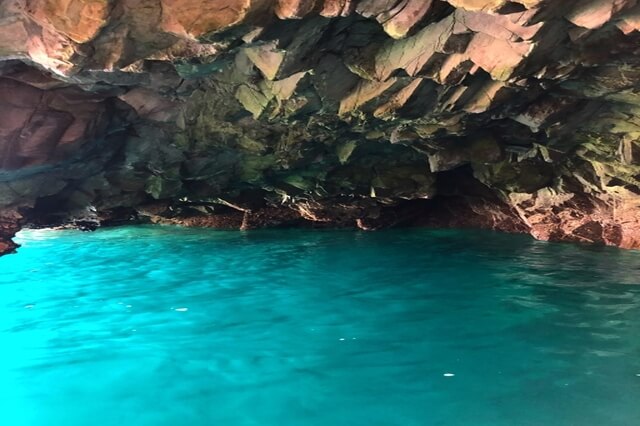
One of the must-visit spots in the area is a cave called the Blue Cave which is accessible by a small boat. The length of the cave is about 8 meters and the blue cave tour is available only when the weather circumstances permits as the entrance is partly under water. Reservations are not possible, as it is difficult to forecast the condition of the sea including the waves. Inside the cave the sunshine coming through from the entrance reflects in the water, which makes it look impressively blue!
8.30 am – 5pm (Closed Dec. – Feb.)
Admission fee ¥1,500 (per person)
English Brochure officially issued by Miyako City
Jodogahama Marine house Official Website
3. Ryusendo Cave
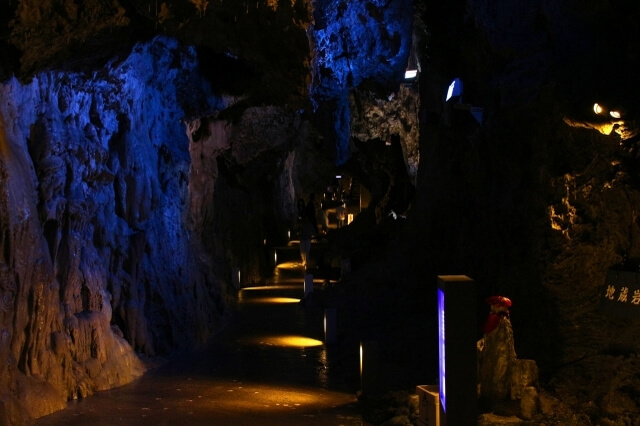
Ryusendo Cave is one of the three largest limestone in Japan and is located in Iwaizumi city. It is designated as National Natural Monument along with the bats that are residing there. With its mystical atmosphere, it has been attracting an increasing attention nowadays as a spiritual spot. The total length of the cave remains unclear, but at least around 4,000 meters from the entrance has been confirmed.
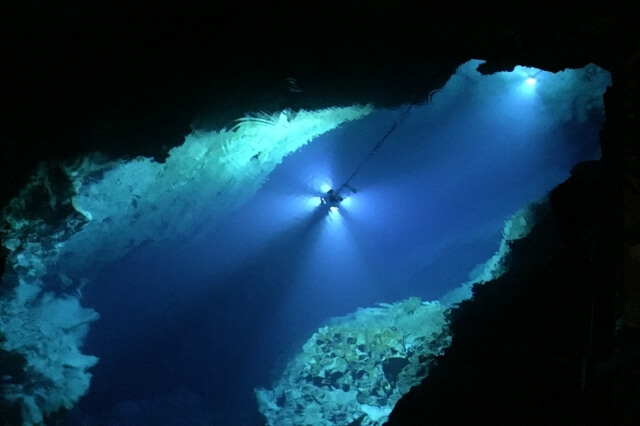
There are some spring spots where natural water comes from the ground, which is forming the several underground lakes. They have found 8 underground lakes so far, and three of them can be visited by tourists. The third underground lake is 98 meters deep, where as the fourth one has the 120 meters depth, which makes it the deepest underground lake in Japan! Unfortunately, the fourth one is not open to the public.
In 2011, they reopened after renovation with the LEDs throughout the cave, and the walls and giant stalactites are illuminated with them in several colours! The three underground lake are also lit up with a light hanging in the water, which emphasises the clearness of water and makes the transparent blue color!
8.30am – 5pm (Oct. – Apr.)
8.30am – 6pm (Mar. – Sept.)
Admission fee ¥1,100 (adult)
4. Geibikei
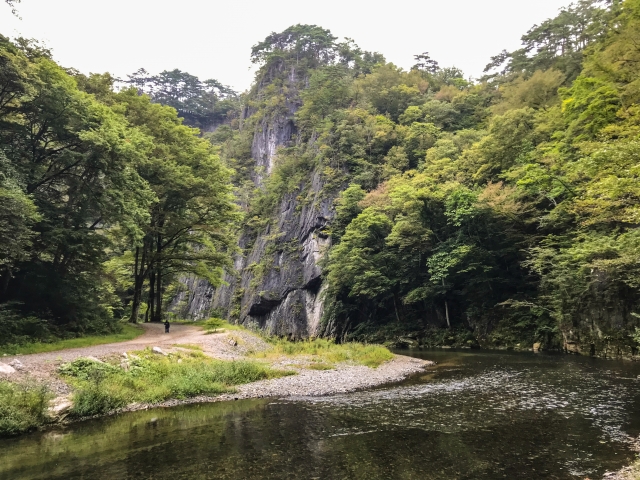
Geibikei is a gorge located in Ichinoseki city in the south of Iwate prefecture. It was officially designated as the first National Scenic Beauty in Iwate prefecture in 1923, and has been fascinating a lot of tourists. The gorge is formed by the Satetsu River running through the over 50-meter huge cliffs that last for 2 kilometers on both sides. The peaceful flow of the river and impressive cliffs make a fascinating contrast. A 90-minute boat trip is operated by an experienced boatman who controls the boat only with a long bamboo pole! They sing folksong to entertain passengers while controlling the boas, which offers a relaxing atmosphere! You can enjoy the pleasant scenery with seasonal plants all year round!
8.30am – 4.30pm (※varies depending on the month)
Admission fee ¥1,800 (adult)
(※English Brochure is also available)
5. Koiwai Farm
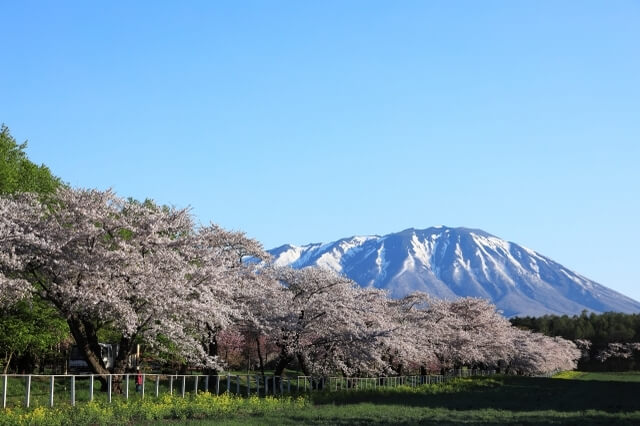
Koiwai farm is the largest private farm in Japan which is located at the foot of Mount Iwate. It was founded in 1891, and is visited by more than 700,000 visitors every year. In the vast farmland, you can interact with friendly animals. They also offer some unique experiences such as horse riding, sheep shearing, and even an exciting tour to a cow barn!
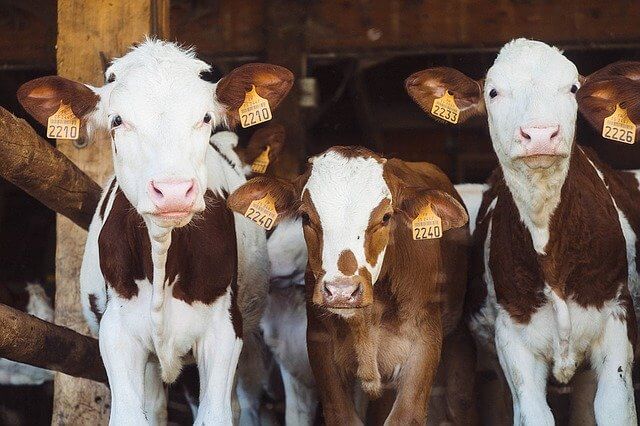
If you want to try tasty food made from ingredients that are locally produced, visit the restaurant called Sanrokukan where you can enjoy the amazing dishes without leaving the farm! It provides large variety of events and experiences which are enjoyable not only for kid but also all generations! You might just end up spending a whole day there!
9am – 5pm (※only in the early spring season),
9am – 5.30pm (from the middle of Apr. – the early Nov.)
Admission fee ¥800 (adult) (※half price during early spring season)
6. Local Foods in Iwate You Must Try !
Wanko Soba
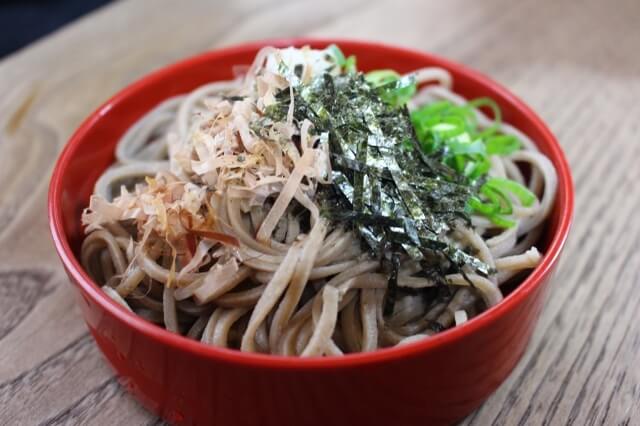
Wanko Soba is a traditional food originated in Iwate, with a unique serving style of Japanese soba noodles (also known as buckwheat noodles). Wanko soba is typically served in a small, red (sometimes black on the outside) bowl with a small quantity soba. They continuously refill your bowl with another soba noodles, which makes you keep eating forever! It is definitely a must try once you visit Iwate!
Oysters

Iwate is also known as one of the most famous oyster farming areas in Japan, and visitors can enjoy the fresh, plump oysters artificially raised in the water rich in nutrients such as planktons. It may come as a surprise to you, but they are fresh enough to eat raw! Some people enjoy them as they are with some granted vegetables or green onion on top which add good texture and flavor. If you think it sounds challenging, why don’t you start with the cooked or boiled one! Even after being cooked, they still have a rich, creamy taste! Of course, needless to say, they go well with local sake!
Don’t forget to check out our private tour!
If you need some help to organize your trip to Iwate, you should definitely check out our private tour including English guide. We’re glad to help you make your trip to Iwate a safe, comfortable, and unforgettable memory!
【1. Tokyo 1–Day Highlights Private Walking Tour (8 Hours)】
Enjoy our private walking tour available in Tokyo, and you can take the bullet train taking you to Iwate!
【2. Sendai & Matsushima 1–Day Highlight Private Walking Tour (7 Hours)】
We also offer an enjoyable, memorable tour in Sendai & Matsushima located in Miyagi prefecture, which shares border with Iwate. It is recommendable to take part in the tour and visit Iwate on your own afterwards!
Where to stay in Iwate
- Art Hotel Morioka – Located 7-minute walk from JR Morioka Station, easy access to local bars and restaurants, comfortable modern style room
- Shikitei – Ryokan style, Located 7-minute walk from Gosho Lake, offering delicious traditional Japanese cuisine Kaiseki for dinner and breakfast using local ingredients
- Jodogahama Park Hotel – Only 600 meters from Jogahama Beach, rooms with magnificent view, open air Onsen hot springs, buffet style breakfast
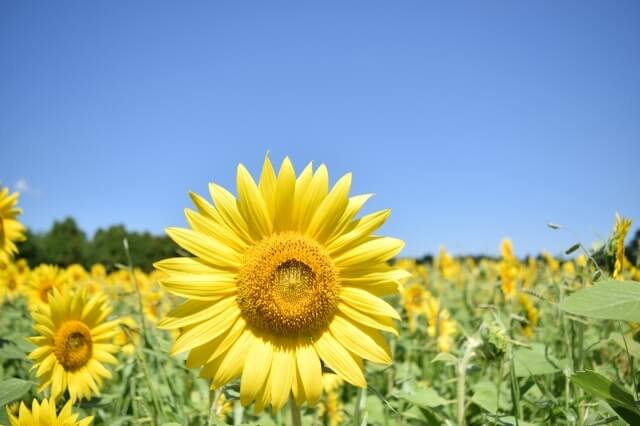
You may have had no idea of Iwate prefecture before, but hopefully now you have a good idea for things to do in Iwate! We highly recommend you should visit Iwate before you finally determine your impression on them. It will be an unforgettable, and surprisingly fulfilling trip for you!
Follow us on Instagram or Facebook for more travel inspiration. Or tag us to get featured!
Happy travelling!
This post may contain some affiliate links. When you click through and make a purchase we may receive some commission, at no extra costs to you.
